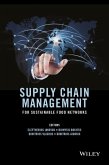
Gebundenes Buch
19. Januar 2016
John Wiley & Sons / Wiley
| eBook, ePUB | 77,99 € | |
| eBook, PDF | 77,99 € |
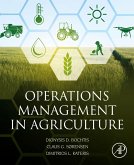
eBook, ePUB
20. November 2018
Elsevier Science & Techn.
eBook, PDF
25. März 2024
Burleigh Dodds Science Publishing
eBook, ePUB
22. März 2016
John Wiley & Sons
eBook, PDF
22. März 2016
John Wiley & Sons
eBook, ePUB
8. Oktober 2019
Elsevier Science & Techn.
Ähnliche Artikel
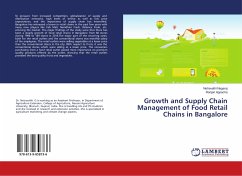
Broschiertes Buch
25. August 2018
LAP Lambert Academic Publishing
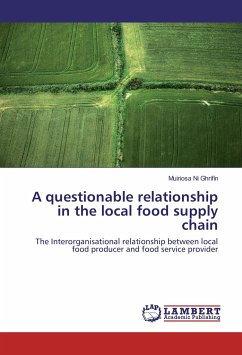
Broschiertes Buch
The Interorganisational relationship between local food producer and food service provider
15. Dezember 2016
LAP Lambert Academic Publishing

Broschiertes Buch
A feasible proposal to bring food technology in craft firms to enhance the economic, sensory, and nutritional values
2014
Scholar's Press
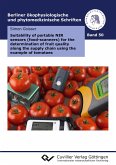
Broschiertes Buch
3. Dezember 2021
Cuvillier / Jentzsch-Cuvillier, Annette
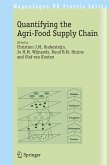
Broschiertes Buch
2006
31. August 2006
Springer / Springer Netherlands
11678304,978-1-4020-4693-3
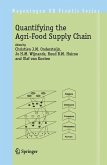
Gebundenes Buch
2006
17. Mai 2006
Springer / Springer Netherlands
11678298,978-1-4020-4692-6
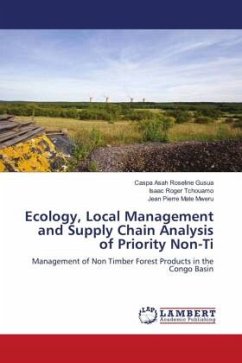
Broschiertes Buch
Management of Non Timber Forest Products in the Congo Basin
14. März 2022
LAP Lambert Academic Publishing
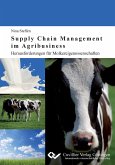
Broschiertes Buch
18. März 2013
Cuvillier / Jentzsch-Cuvillier, Annette
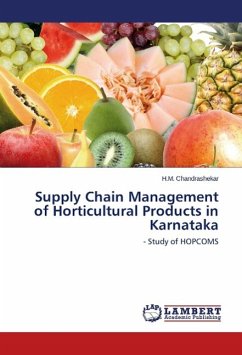
Broschiertes Buch
- Study of HOPCOMS
19. März 2015
LAP Lambert Academic Publishing
Ähnlichkeitssuche: Fact®Finder von OMIKRON
